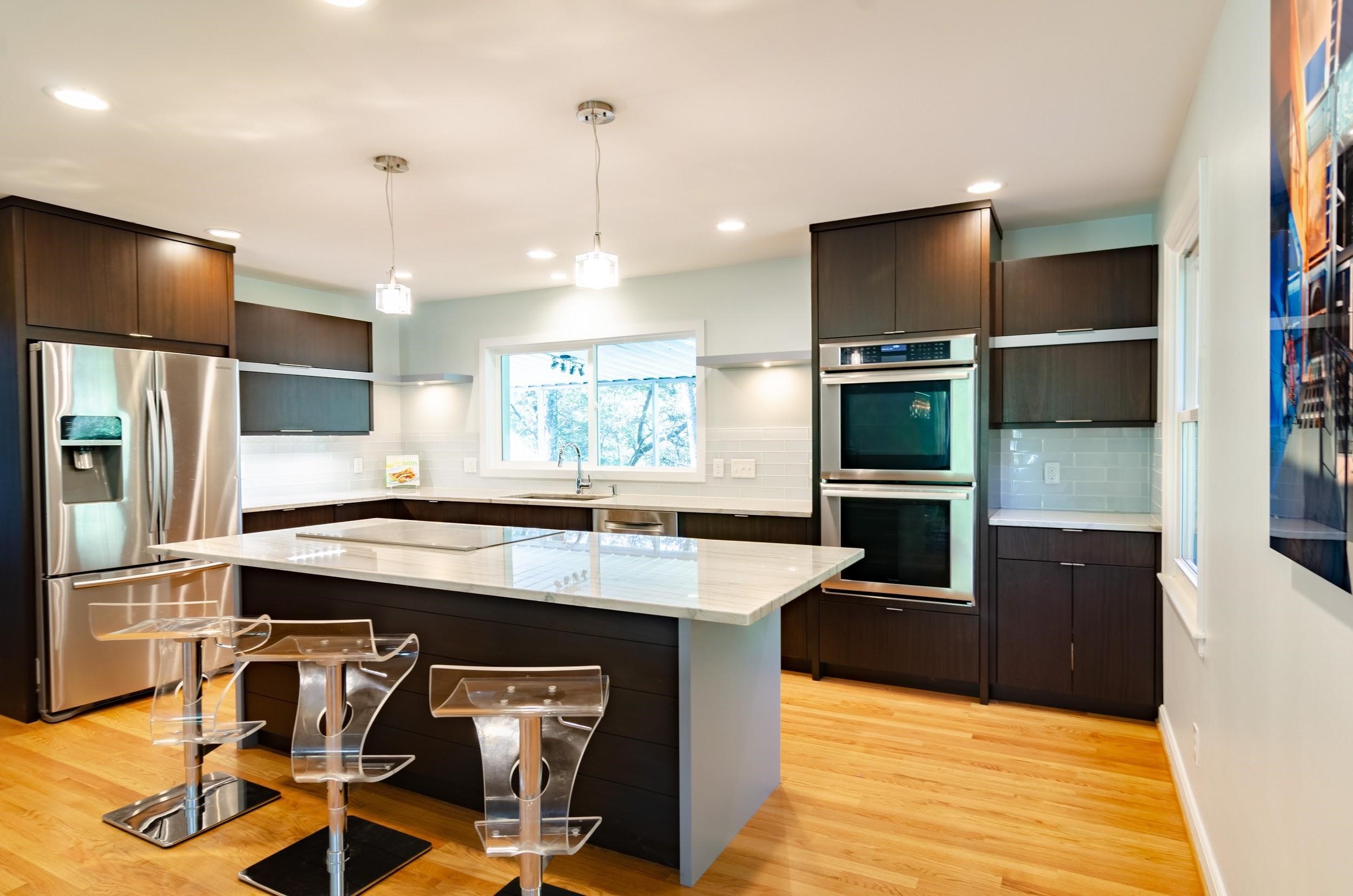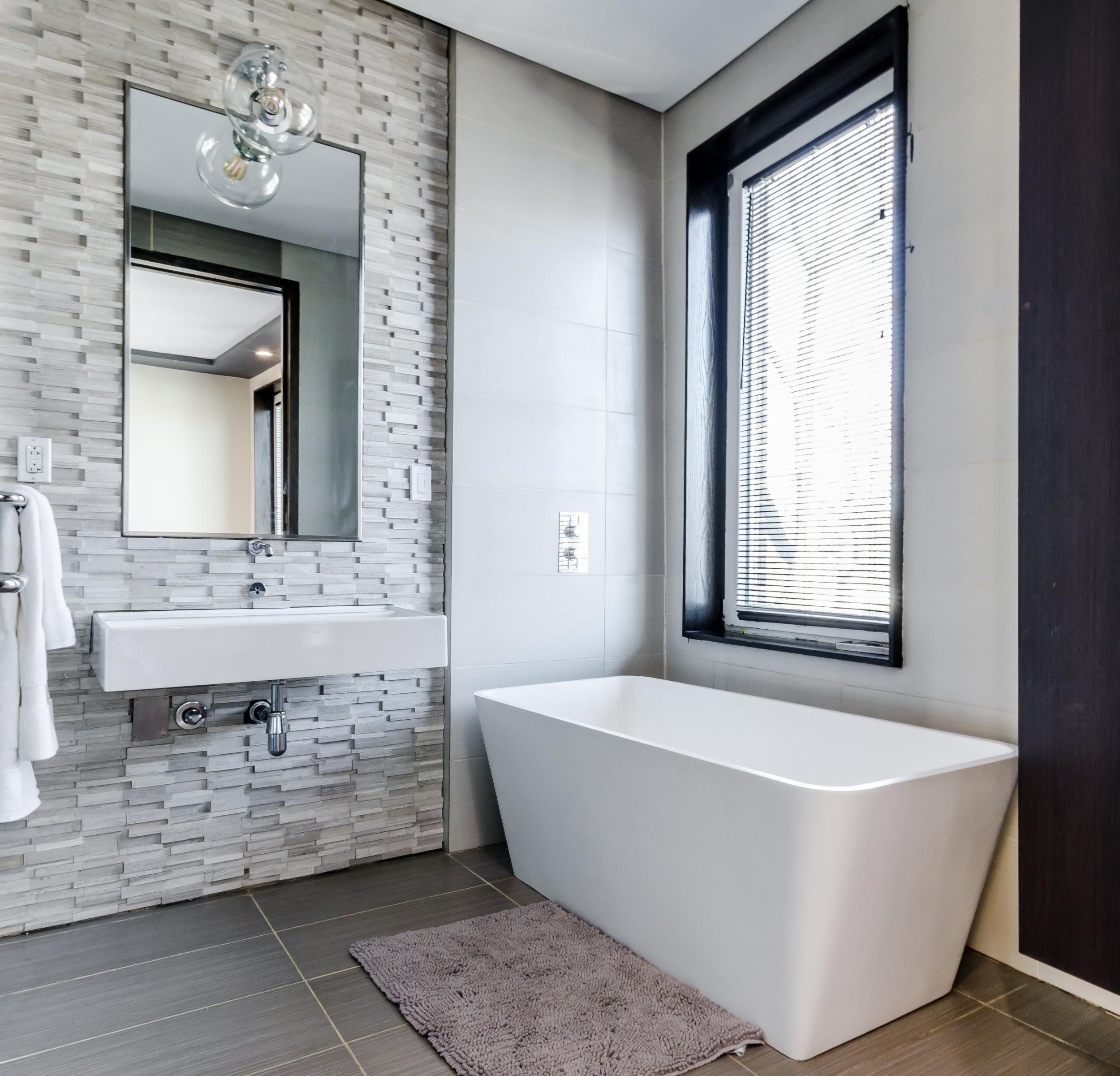
Purchasing a home, whether for the first or the fifth time, is a thrilling venture. While the process remains relatively similar to how it's been done for years, the types of homes being purchased in the current real estate market are changing. The vast majority of the current generation of home buyers are not looking at move-in ready homes.
According to the 2019 Remodeling Impact Report written by the National Association of Realtors (or NAR), 55% of homeowners in suburban areas would be willing to remodel their homes. This figure escalates to 70% in rural areas, leaving just 35% of homeowners in the U.S. who would prefer the current build and amenities in their current home. Properties that require or would simply benefit from remodeling tend to be cheaper than move-in ready homes in the same market and neighborhood, allowing the buyer to stick more closely to a set budget.
Moving into a “fixer-upper” has been a trend that especially millennials have embraced, with just 37.6% of millennial buyers willing to go over budget to purchase a move-in ready home. Regardless if you are buying or selling, follow the tips below if you want to increase the value of your home, condo, or apartment.
While a fixer-upper can allow for a budget-friendly purchase, the costs of remodeling can vary greatly along with the rate of return on various projects. This article will act as an in-depth guide as to which projects generally allow for maximum return on investment and increase raw value within the property.
Firstly, take into account the most obvious needs of the individual property: is the flooring in need of repair, does the roof leak anywhere, any evidence of mold or water damage, damage to the siding, etc. Repairing structural damage to the home will not only help with resale, but it will also ensure a safe place to reside.
Below is a table of common interior and structural exterior projects, along with estimated ROI and cost return as found by the NAR. Furthermore, the percentage of realtors who found the various projects aided in closing the sale of the home will be included:
~$4,700
~$7,500
~$15,800
~$8,200
In summation, there are certainly many projects that allow for a near 100% return on costs in terms of home renovation projects. Of course, some projects, while important, will not return all costs associated with the project.

Simply because all costs may not be recouped does not mean these are not worthwhile projects; many people spend time on them for pure pleasure. The NAR actually compiled a “joy score” indicating the enjoyment and satisfaction of all buyers who completed certain projects, and every renovation listed above scored at least 9 out of 10.
Put yourself in the buyer's shoes, and stay aware of current market trends. Which remodeling projects buyers in your area value most? A recent article on BiggerPockets indicated that 48% of homeowners believe that a kitchen remodel adds the largest increase in value to the property, while 3 in 10 homeowners think that a kitchen remodel is actually necessary for getting the home off the market.
While it seems that the majority of homeowners agree that it's necessary, the actual cost of a kitchen remodel can vary greatly. Citing an article on HomeAdvisor, kitchen renovations can cost anywhere from $75 to $250 per square foot. It also depends on whether or not items are completely renovated or simply updated; for example, painting existing cabinets is much more cost-effective than replacing them.

Refinishing kitchen appliances will cost around $500 versus the $3,500 price tag of replacing them. Below is a table of common full kitchen remodel projects and approximate costs associated with them:
$6,700
$4,000
$3,200
$2,300
$1,600
$1,100
$1,100
$900
There is also the question of how much a homeowner should spend on a kitchen renovation: industry experts suggest spending 5% to 15% of the property’s total value towards your kitchen. For instance, a home worth $250,000 could have a $25,000 kitchen remodel with no negative repercussions at resale.
All in all, remodeling the kitchen can have a great, positive impact on the home’s improvement and property value. If keeping to a budget is important, consider remodeling in stages, and refinishing versus replacing where possible. Most homeowners managed to recoup approximately 81% of their costs, not to mention the sheer satisfaction of having a beautiful and functional kitchen.
Along with the kitchen, 31% of homeowners felt that a bathroom remodel was necessary to sell their home. A minor bathroom remodel can set you back up to $10,500. This includes various projects like removing and upgrading the existing tub, toilet, tile flooring, sink, and vanity. At resale, that $10,500 investment can turn into $10,700, or a 102% ROI.

There are also cost reduction measures available: choosing to caulk the tub personally, reglazing instead of replacing old tubs, and adding a fresh coat of paint for an updated vibe. Major bathroom remodels, however, come with a heftier price tag and a reduced ROI. Major bathroom renovations are much more involved and typically include changing the floor plan, allowing for a larger shower and tub, installation of a linen closet, high-end sinks and faucets, and upgraded flooring. This can cost upwards of $26,000, with a typical resale improvement of around $24,000.
In today’s real estate market, not all big budget home improvement projects will come with an automatic return on investment. Typically, the minor kitchen and bathroom updates allow for the highest return as opposed to fully gutting and replacing.
Focusing on quality improvements and strategic bathroom upgrades will ensure the biggest bang for your buck. Consider installing double pedestal sinks on a bathroom vanity, complete with an updated countertop. High-end finishings like brushed metal faucets can improve the aesthetics in an updated bathroom and promote a luxe vibe. Work with existing spaces, even with little square footage.
According to Zillow, brightening the bathroom with updated paint and lighting, streamlining storage, and adding mirrors help make a small bathroom feel bigger. Kitchen and bathroom remodel and upgrades are nearly always worth the effort, and while the return on cost varies, the level of enjoyment homeowners achieve is nearly a 10 out of 10 according to the NAR.
Listing a home on the market with three bedrooms versus two will almost always ensure a higher sale price. As such, this can lead homeowners to convert basements, attics, and garages into livable space to ensure a high return on investment. Adding a third bedroom typically has a high payoff of around 6% at resale.
Location is vital with these projects though, as adding a third bedroom in areas like Los Angeles can increase the value of the home by 8.4%. Taking data from an article on HomeAdvisor, the cost of adding a third bedroom can vary greatly. It costs around $45,000 on average but can be as little as $5,500. Much of this depends on where the home is located, and whether the addition is being built up or built out. Building out is more expensive, and requires a more labor-intensive plan with a new foundation being poured and the loss of yard space. Building up is less expensive, but has different requirements.
A staircase will need to be added, and the existing foundation may need to be strengthened. This can be a meticulous process by itself, but it doesn’t need to be. Consider a professional, since this is such a niche project. The last thing you want to do is cut into your margins by getting into a costly project without knowing everything that goes into it. Overall, adding a new bedroom could cost approximately $80 to $200 per square foot, and will most likely add an additional 150 square feet.
A basement conversion can cost around $47,000 with a cost recovery of around $30,000 or 64% according to the NAR. A finished basement also has the potential of being rentable living space, adding a valuable income stream for some homeowners. An attic conversion can cost around $80,000 and have a cost recovery of 56%.
Keep drywall panels a half-inch from concrete floors to avoid moisture absorption. Install French drains and larger gutters to ensure adequate moisture removal.
This goes for both basements and attics, as both are prone to extreme temperature changes. Install proper insulation and consider the cost of installing two HVAC units if one isn’t sufficient before beginning these projects. Installing a subfloor in the basement as well as carpet squares can keep the floors warm. Attics may also benefit from a solar-powered attic fan.
Throughout the home remodeling process, there are many projects that will appeal to DIYers. The cost of painting, installing appliances, and construction falls dramatically when homeowners tackle the projects themselves. However, there are projects that are better left to the pros. Painting the house seems simple at first blush, but the process as a whole is time-consuming and can negatively affect the bottom line if done poorly.
Hiring a pro can cost around $7,000, but a great paint job acts as a facelift to the interior and exterior of a home. Installing flooring is another project many DIYers take on, but it’s complicated and easy to mess up. Hiring out floor installation can cost up to $5,000, but over 50% of home buyers would pay $2,000 more for a house with great hardwood flooring.
New lighting is relatively simple to install, although older homes would undoubtedly benefit from a certified electrician. Bad wiring is a fire hazard, and proper precautions should always be taken. Replacing sinks and faucets is also a fairly straight-forward DIY project, although aged plumbing can pose a flooding risk if not handled correctly. Countertop replacements should always go to a professional.
New countertops are expensive and require exact cuts to fit correctly. The cost of installing them poorly or misjudging a cut is high. Landscaping and curb appeal is also important to resale home value. Oftentimes, hiring a landscape design company costs around $4,000 according to ImproveNet, but time and fees will vary by location. Having a well-designed landscape concept will help the property stand out in terms of curb appeal, and can increase home value by 12%.

Installing energy-saving protocols like solar panels and tankless water heaters can be an excellent addition to any home remodel. The federal investment tax credit can cover 25% of the total cost of the system, provided you buy the system. Tankless water heaters can help homes sell for 4% more than expected, and sell 43 days faster. Be careful not to get carried away with home remodel projects though; upgrades are beneficial to a point in terms of resale. Over-personalizations such as the addition of a man cave or luxury appliances like smart refrigerators typically won't have a high ROI. To sum it all up:
Installing throughout the greater Chicago area; Selling anywhere in the world
Designed Stairs
Showroom (by appointment only), Shop, and Offices
1480 E Sixth Street
Sandwich IL 60548
815-786-7600